Radiant Rx
Insights and actionable ideas for healthy brand growth
Need fresh ideas for brand growth?
Subscribe to free insight emails
Marketing
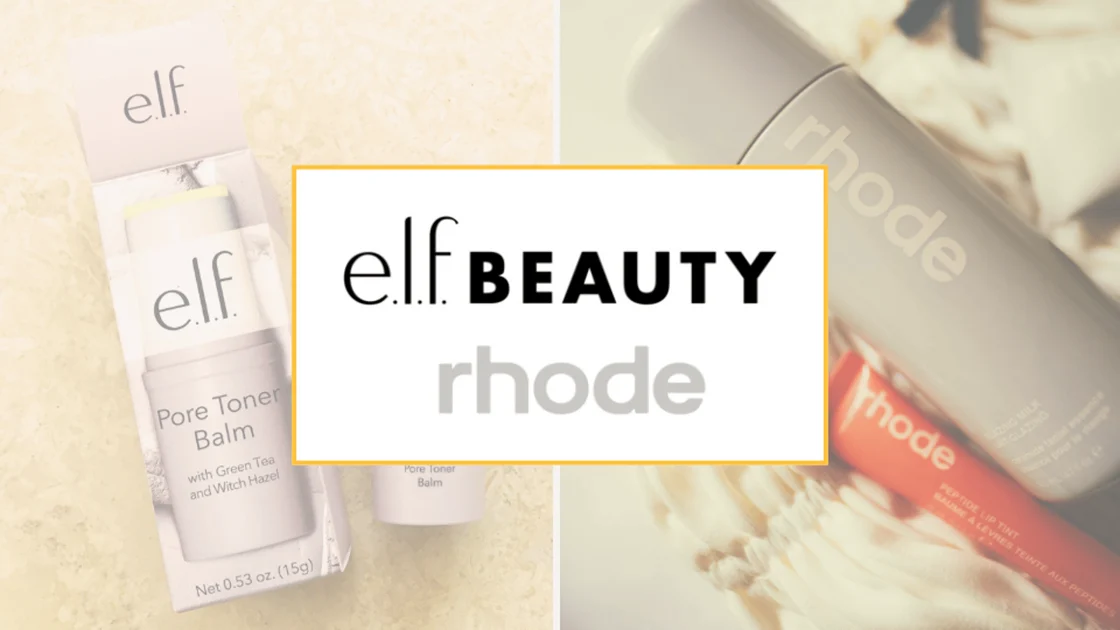
What Wellness Brands Can Learn From Rhode’s Success
When I launched my first merch line passion project years [...]

Busy vs Effective: Marketing Mindset Shift
Every summer in Arizona, we hit a point where the [...]

Your Healthcare Brand Deserves Better: How to Align Marketing and Sales for Real Growth
When marketing and sales aren’t on the same page, things [...]
Branding
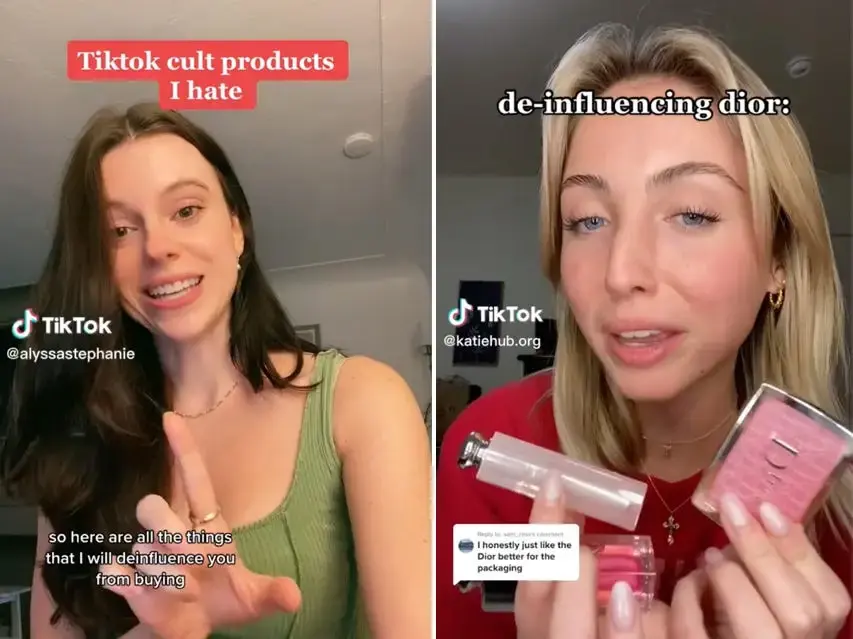
De-Influencing Is Here: How Brands Can Build Trust in an Era of Honest Shopping
The rise of “de-influencing” marks a significant shift in consumer [...]

Cancel Culture Is Real — Is Your Brand Prepared?
In today’s digital age, cancel culture is no longer something [...]

Creating Memorable Brand Experiences IRL
Creating Memorable Brand Experiences IRL Remember when marketing was all [...]
Health & Wellness

Is a Podcast Right for Your Health or Wellness Brand?
At Radiant Marketing, we’re jumping into the podcast world ourselves. [...]
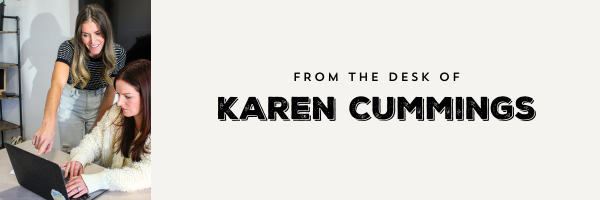
Decision Fatigue Is Draining You — Lighten Your Load By 100 Decisions
Did you know that we’re faced with 35,000 decisions on [...]
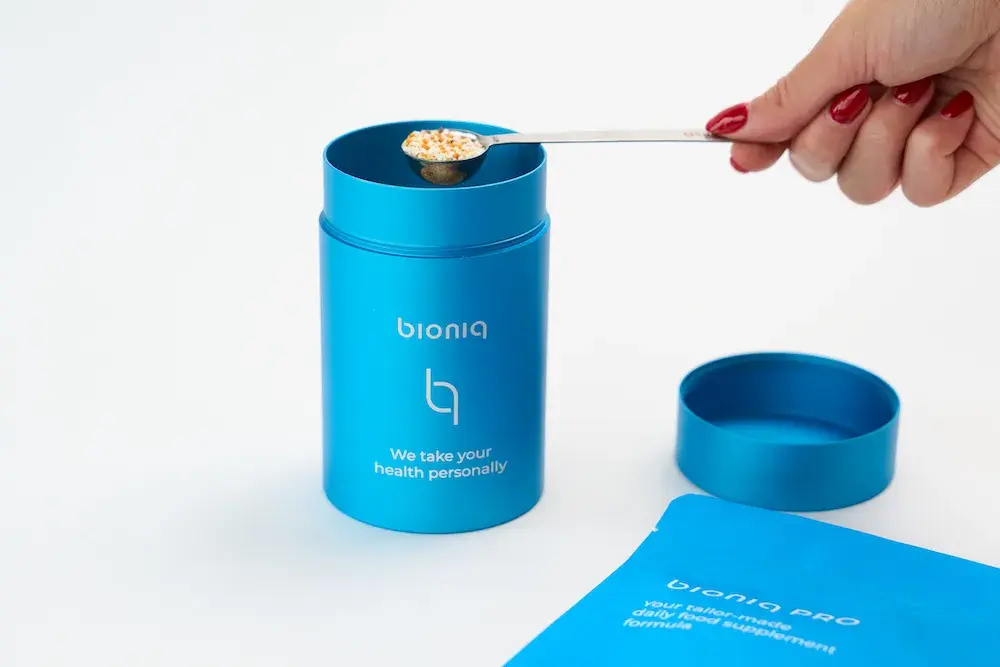
Intuitive Wellness: How AI is Reshaping Self-Care and Health Marketing
Have you noticed that wellness is getting… smarter? From DNA-based [...]
Sales Enablement

Your Healthcare Brand Deserves Better: How to Align Marketing and Sales for Real Growth
When marketing and sales aren’t on the same page, things [...]
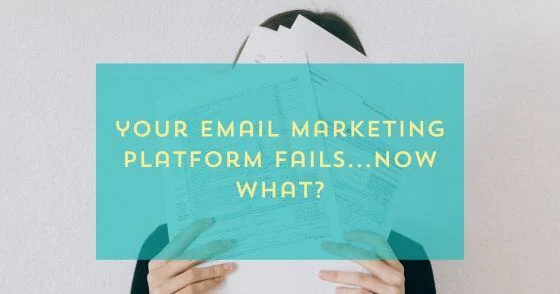
The Mailchimp Outage: Why Owning Your Audience Data Matters
The Mailchimp Outage: Why Owning Your Audience Data Matters If [...]
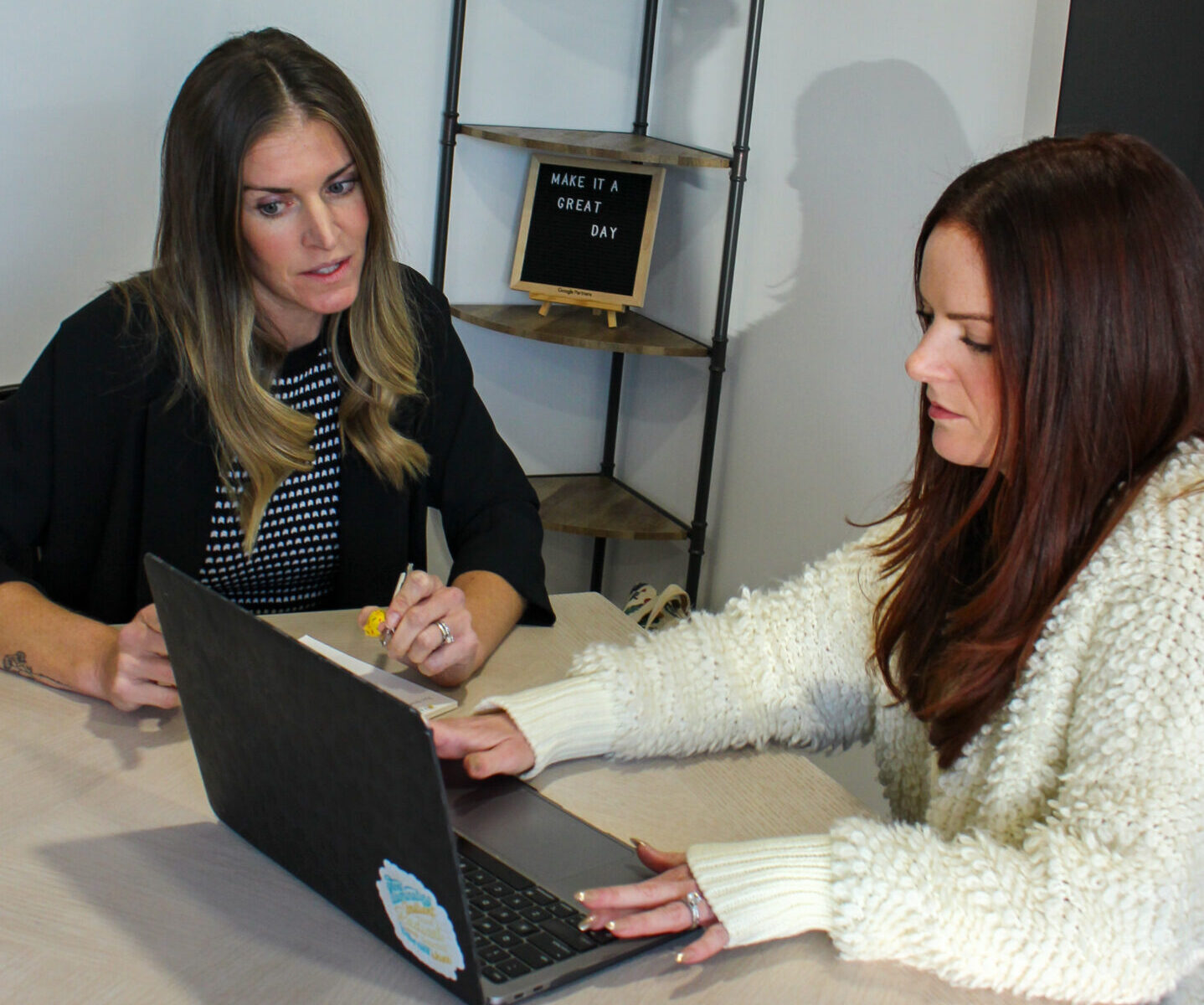
Sales Enablement Tools for Health Brands [2025 Guide]
Healthcare sales teams face a unique set of challenges—navigating strict [...]
Lead Generation

Why Backlink Outreach Still Matters
You’ve poured time, energy, and budget into crafting high-quality content [...]

Is Your Practice Showing Up? Mastering Local Lead Generation
You offer incredible care, a welcoming environment, and a team [...]

How to Use Email Marketing for Lead Generation & Progression
